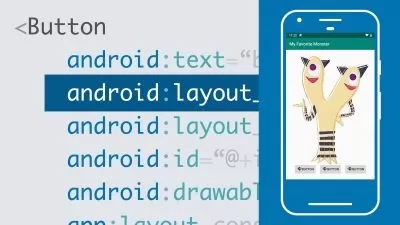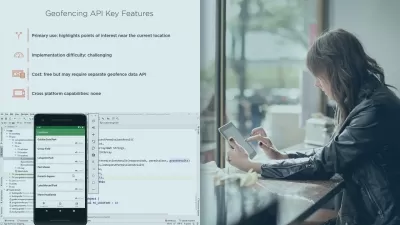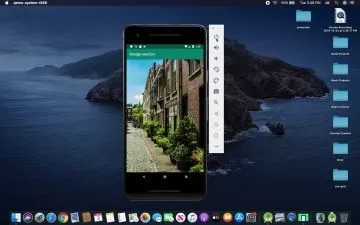Object Oriented Programming with Kotlin 1
Kevin Jones
2:58:11
Description
The Kotlin designers took the experience of Java and used it to make Kotlin a better OO language. For example, classes are 'public' and 'final' by default. This course shows you how to use such Kotlin features to create better objected oriented code.
What You'll Learn?
Kotlin is a more modern version of Java. Being Java like, Kotlin has a strong Object Oriented foundation and builds on that foundation to offer features that are not found in Java. In this course, Object Oriented Programming with Kotlin 1, you will learn how to exploit those features to build object oriented applications. First, you will cover the basics such as defining classes in Kotlin, abstract base classes and interfaces. You will look at class derivation and the fact that Kotlin classes are ‘closed’ by default. Next, you will explore Kotlin’s construction mechanism and the fact that In Kotlin, classes have a single ‘primary’ constructor but can also have ‘secondary’ constructors, although you will see why these are not often necessary. You will also look at what you can do if a class requires more complex construction. Finally, you will discover how Kotlin supports ‘Nested’ and ‘Inner’ classes and also anonymous inner classes and see why these are important and where they might be used. Kotlin also provides ‘Data Classes’ that are used as ‘DTOs’, they provide automatic support for ‘hashCode’ and ‘equals’ methods so make them easy to use in containers such as collections. Kotlin does not have the concept of ‘static’ methods, but instead has ‘companion’ objects, these are Singletons and you will see where and how to use these in your code. Kotlin classes can also be generic. You will be introduced to the idea of generic types and be shown how they are used in your code. By the end of this course, you will be able to write small snippets of sample code to demonstrate the topics covered, and also have the knowledge required to write a complete application, bringing together the material to show how to apply object oriented techniques in practice.
More details
User Reviews
Rating
Kevin Jones
Instructor's Courses
Pluralsight
View courses Pluralsight- language english
- Training sessions 45
- duration 2:58:11
- level preliminary
- Release Date 2023/10/14
















